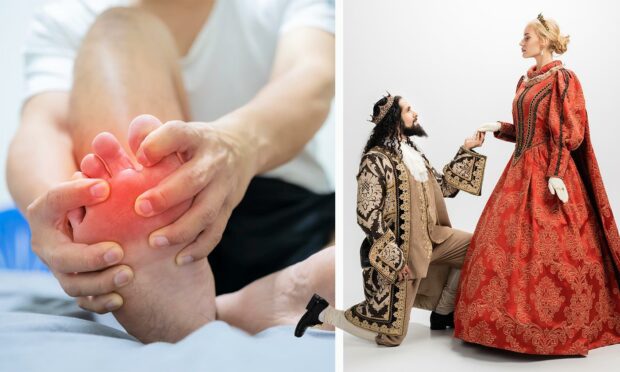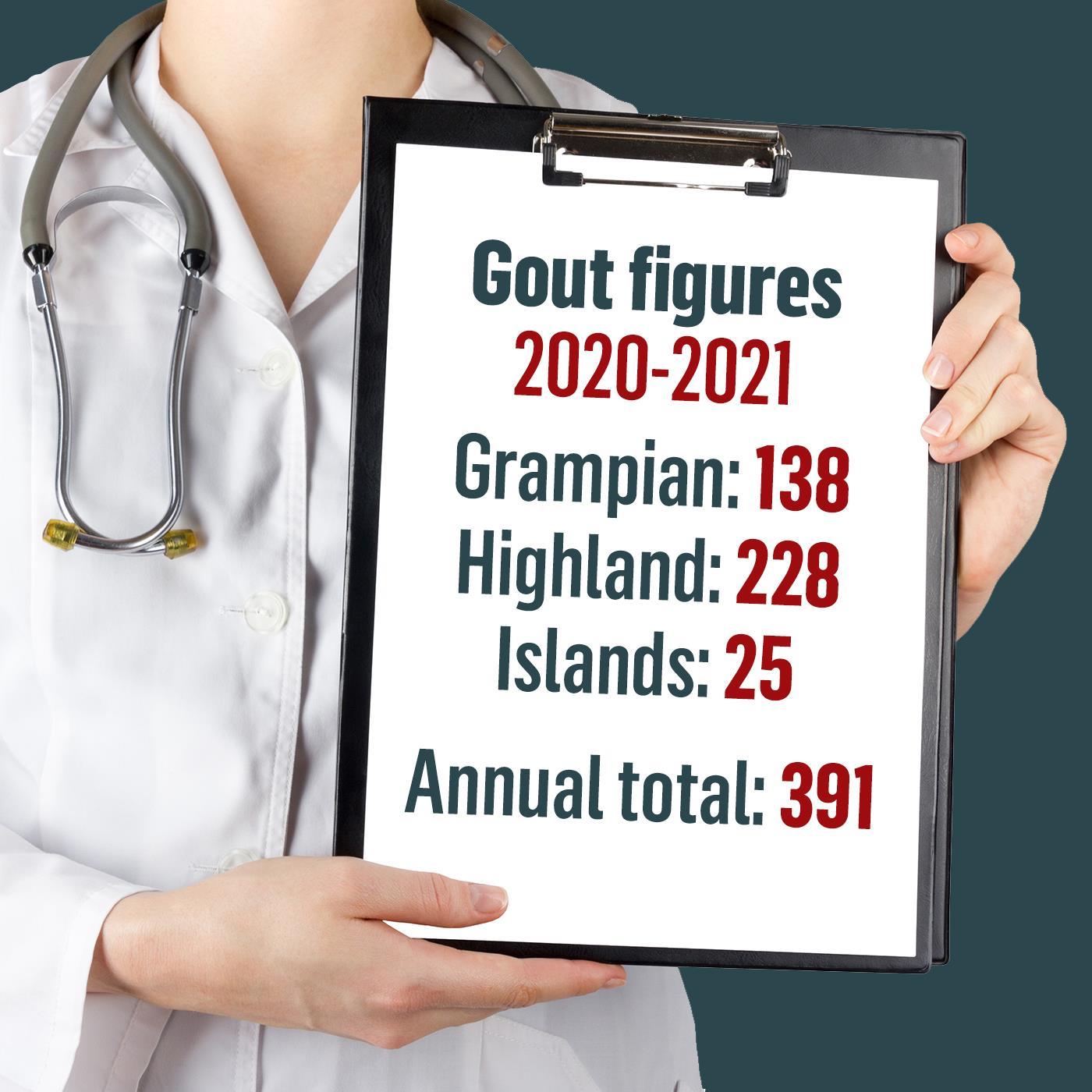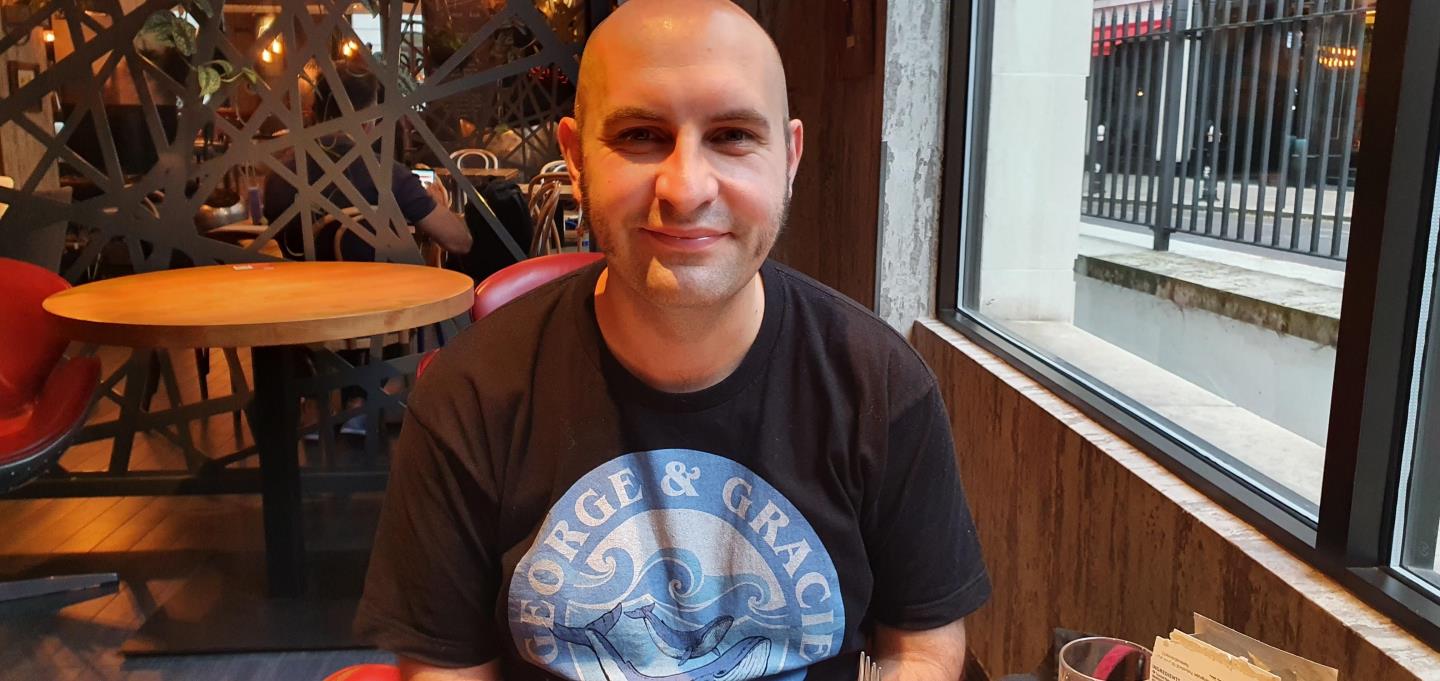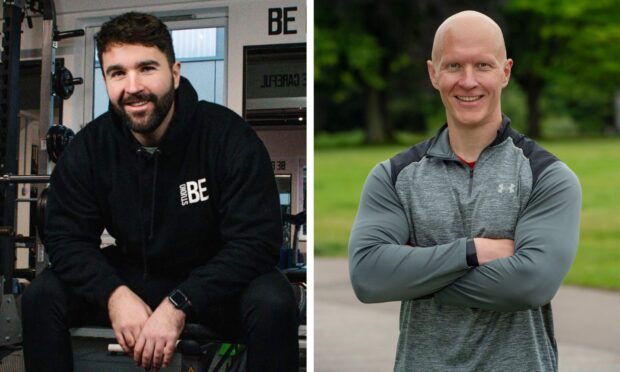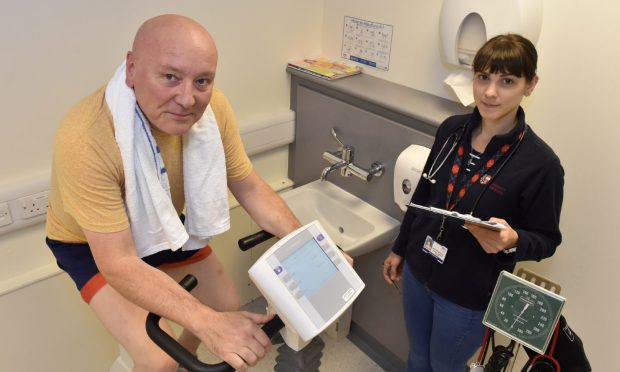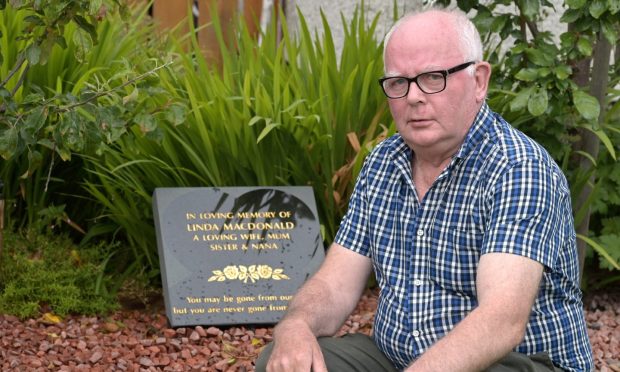Gout was once known as “the disease of kings”, but exclusive figures show hundreds in the north and north-east still need hospital treatment for it every year.
This form of arthritis is one of the oldest recognised conditions with a history spanning over 2,500 years.
Initially, it was associated with royalty and wealth as it was believed to have been caused by excessive meat and red wine consumption.
However, over the last five years alone, thousands of people in the north of Scotland have ended up in hospital with the condition.
Cases have been recorded every year across Grampian, Highland, Orkney, Shetland and the Western Isles.
Since 2016, more than 2,350 people across the region have gone to hospital with the condition.
David Mackay who lives in Elgin, Moray has battled gout for six years and endures periods where he can’t walk.
The 34-year-old said that the pain started off in the big toe on his left foot. It then spread to other parts of that foot, and his other big toe.
‘I couldn’t really walk’
A gout attack typically lasts between five and seven days, but David’s most recent flare up endured six weeks.
It left him completely immobilised – having to turn a broom handle into a makeshift walking stick to help him navigate his house.
“Sometimes it was sore to the point where I couldn’t really walk,” he recalled.
“It would come and go and that’s probably the most prolonged spell I’ve had it for.”
David’s father also has gout, but unlike him, he hasn’t managed to identify the factors behind his flare ups.
He explained: “My dad’s noticed a pattern with alcohol.
“He knows if he has a few glasses of wine or beer then he’s likely to get a flare-up.
“But at the start of lockdown last year I was drinking a lot more alcohol and I didn’t have the flare-ups.
“Now I drink far less – and I seem to be getting it more.”
The NHS says there are certain risk factors which could make people more susceptible to gout.
These include drinking alcohol, high blood pressure, high cholesterol, diabetes, being overweight, menopausal, or having surgery on an injury.
‘Folk think it’s a joke’
Often, the reaction from others when David tells them he has gout isn’t a particularly supportive one.
“Folk seem to think it’s a joke,” he said.
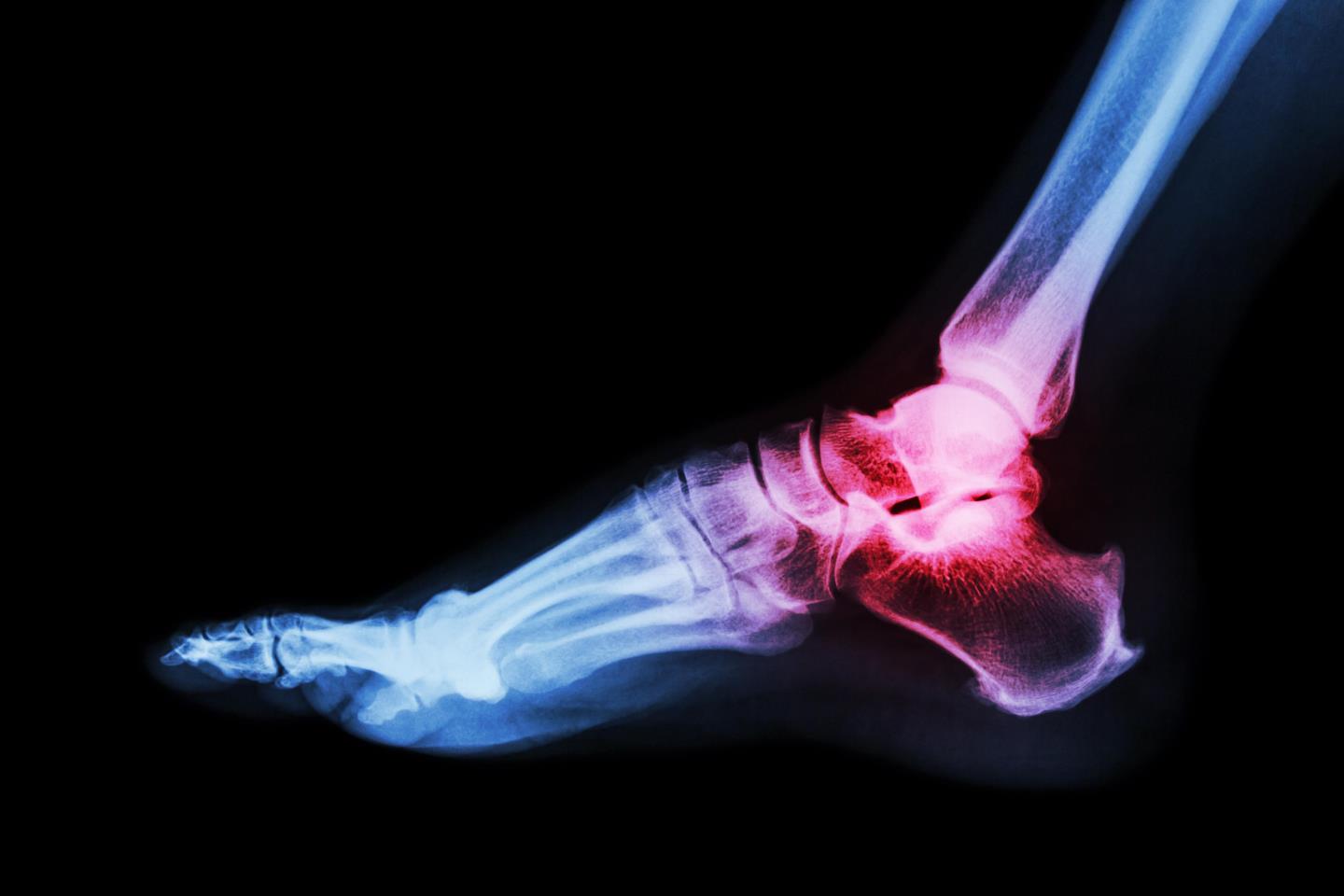
“When I’m hobbling around because I’m in a lot of pain, people inevitably ask if I’m OK.
“I say ‘I’ve got gout’ and they laugh – ‘Oh, I thought that was from medieval times’.”
“Historically, it was associated with rich living, too much meat and red wine.
“Whenever I tell people it’s gout it attracts laughs, but it’s really sore.”
Read more:
Highland teenager learns to cope with arthritis through art therapy
Call for open conversation about the impact of arthritis on young people
